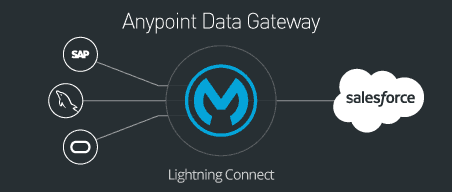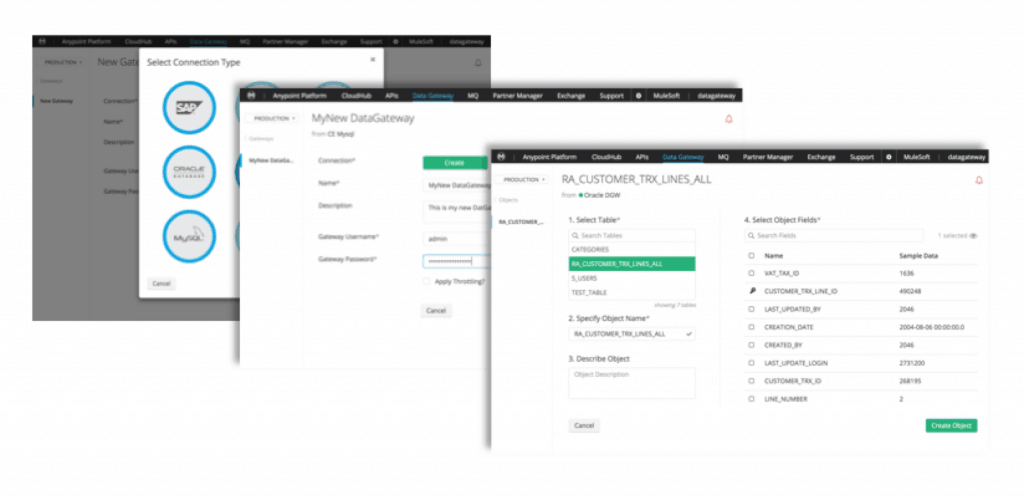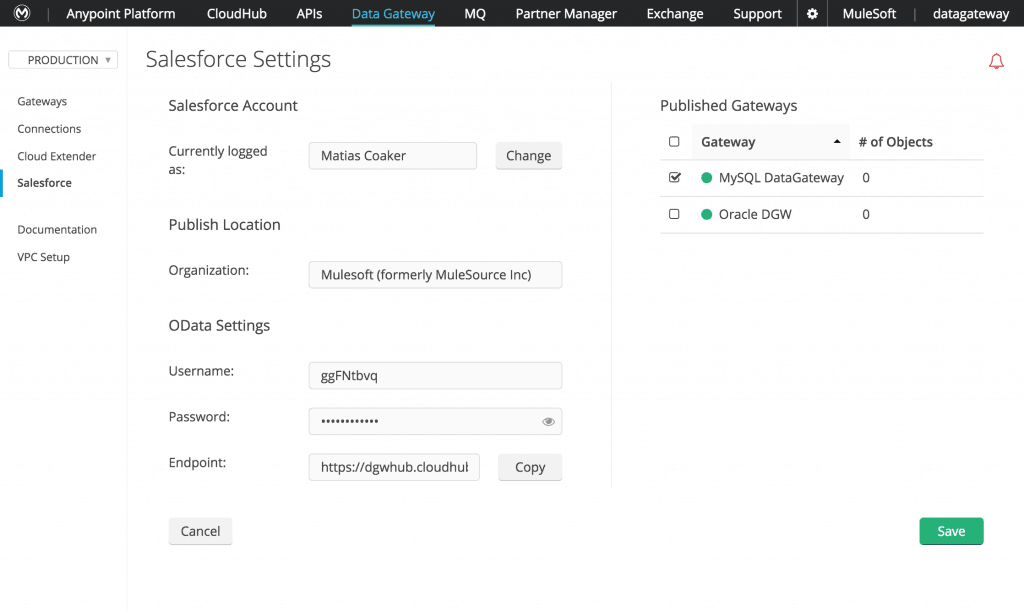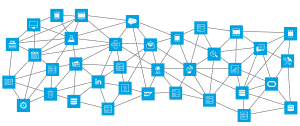Reading Time: 10 minutes
One of the awesome things about working for MuleSoft is seeing all the innovations our customers produce using Anypoint Platform. And one of the people responsible for helping customers make that happen is Customer Success Director Cat Huegler.
Cat has been working with MuleSoft for two years, and her job is to help global Fortune 500 companies deploy and manage MuleSoft’s products to do extraordinary things. I sat down with Cat recently to talk about the role of customer success at MuleSoft and some of the outcomes that Anypoint Platform is creating.
It seems like customer success is a crucial part of the MuleSoft experience.
Absolutely, we’re attached to real outcomes. We are about the real business use cases and tangible results. When you get started with Anypoint Platform, you’ll find that you haven’t just bought some software – you’ve got a team of people who are going to help you transform your business.
In a really big company, there are always lots of stakeholders for technology projects. How do you get the right people’s buy-in?
You do internal evangelism. You have to navigate each customer’s unique situation. You have to change not only the way companies view integration, but how they manage their business processes.
Here’s an example. A global retailer recently bought our full solution set, so we not only have services working on a specific task – API Manager – we went in with our Center for Enablement team and interviewed lines of business and IT owners and see where there are gaps and opportunities.
What we discovered was that the IT group that engaged us never talked to the business owners; they were sitting there designing all this stuff, thinking if they design it the business owners will come and want to use what was built.
We went back to the IT group and said you have to introduce us to the rest of the business for us to be successful. There was pushback, but they agreed.
We’re not just a technology solution, we are about business transformation. We get to go back to the entire business and because the doors are open, we’ll be able to achieve what everyone wants.
So we push for getting the business to articulate the value of what our software can do. We can help the whole business realize value, and we want to make sure the business cares about it. We’re helping connect the dots for them.
How do you overcome the silos that seem to spring up?
We often find champions to introduce us. The key is to find the executive that cares about both the business results and technical execution.
Successful executives can see the big picture. They can understand the technical difficulties of their asks but also how they map to the business objectives.
Someone who would not be a great champion for us would only see the technical point of view. We aren’t that crazy about engaging with people who are focused on quick wins and don’t care about technical debt.
There are so many great opportunities to use Anypoint Platform for truly transformative business initiatives; we’re excited to work with companies who want to reinvent themselves and experiences for their customers.
What are some examples?
A restaurant group really wants to be a place where people go to hang out; they want to appeal to people who want to study or work or just spend time there as their third place between home and the office. So one of the cool things they’re figuring out how to do is geonotifications on your phone so you can request what song will be played next.
One of the things we help companies with is running mobile apps that provide all sorts of interesting experiences for their customers. A retailer uses Mule to run their mobile app for customer engagement, a non-profit uses Mule to run a mobile app that helps their customers try to break unhealthy habits, a mobile company uses Mule to run their content streaming app…the list goes on and on. One interesting use case is a healthcare provider uses Mule to run their on-call notification process, using APIs rather than pagers.
It’s exciting to be able to help our customers really engage with their customers. Our customers use our software to make their customer interactions better, faster, more innovative and more fun – and that helps their brand loyalty.
What are some of the most interesting things you’ve heard from MuleSoft’s customers?
A customer once told me, “not only are you guys a company with a strong product that we know will help transform our business, but also every single person is a good human I like to work with.” You don’t often hear that about technology companies. It’s nice that our customers notice that.
We have so many potential customers and employees looking into us who ask about our company culture. They know about the product, but what they really want to know is what it’s like working here? How’s the executive team? You guys always seem full steam ahead and super happy, what’s the secret sauce? The customers want to feel like they’re in on something special. And they want to know how we get the MuleSoft t-shirt so soft!
Developers always want to use the next coolest thing. They look to MuleSoft to solve their problems. We have to keep showing them how MuleSoft remains cutting edge. So far, nothing has replaced us at the cutting edge!
Thank you, Cat! Take a look at more exciting things our customers are doing with Anypoint Platform.


















